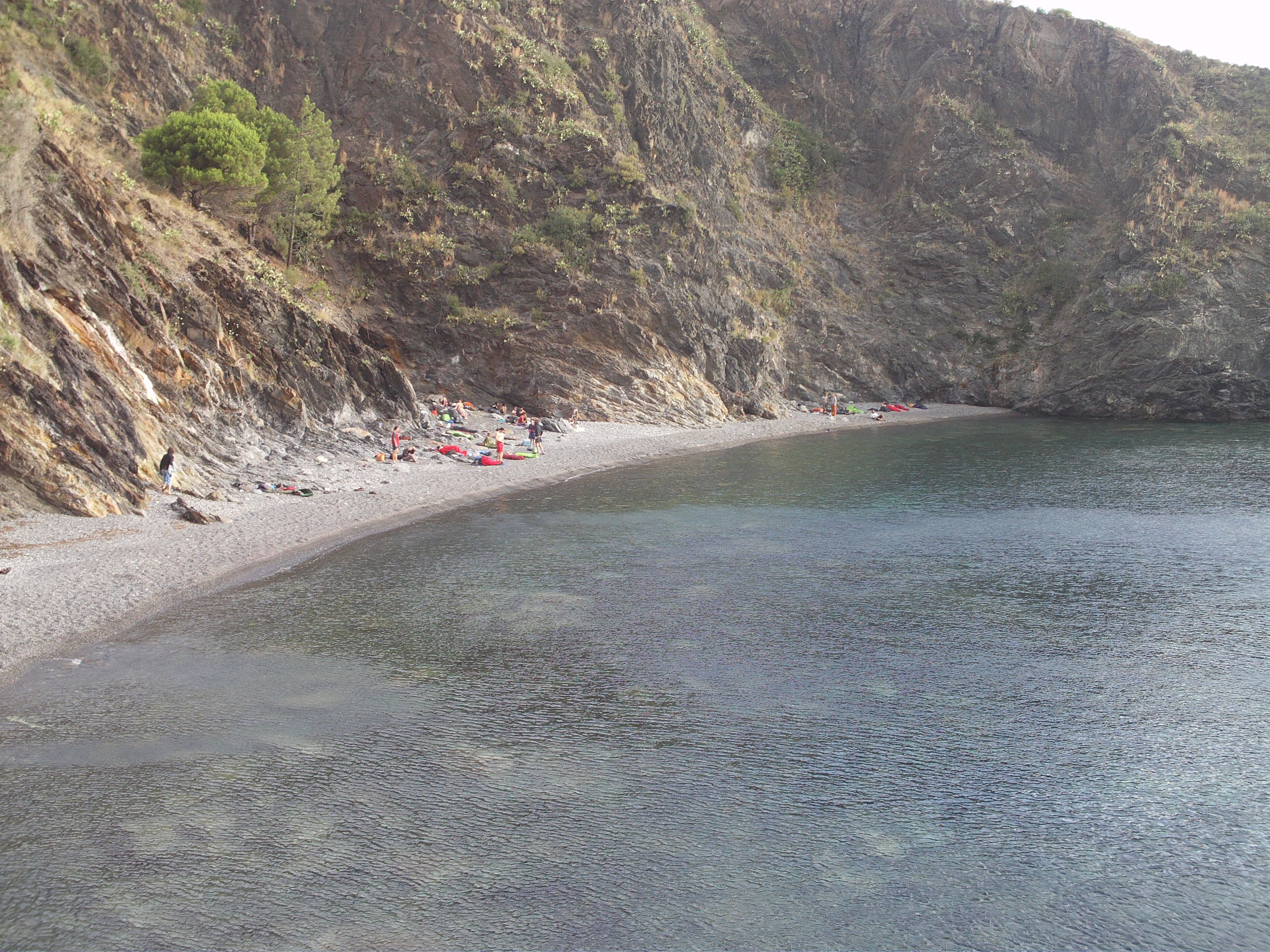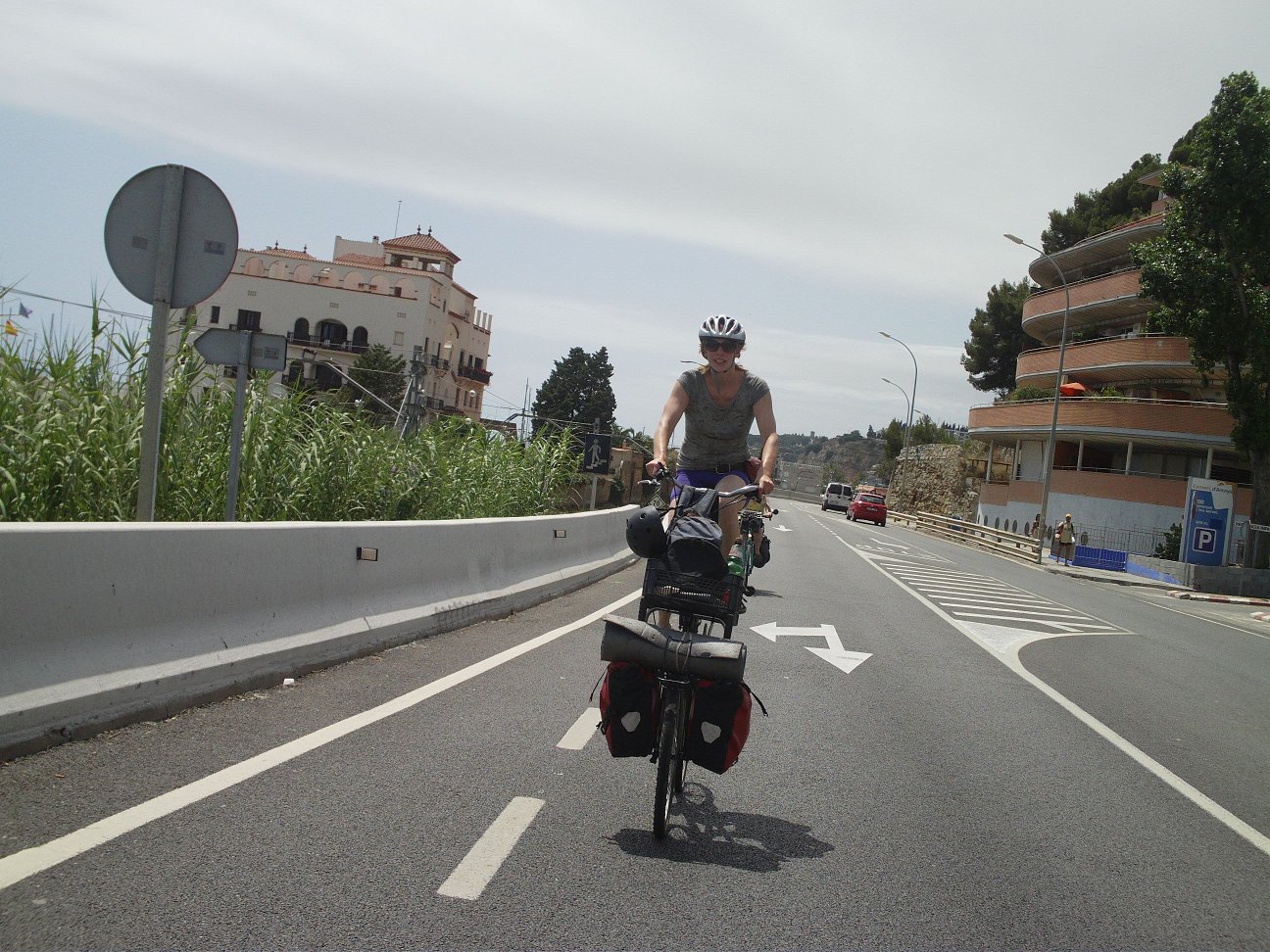Ecotopia Biketour visits Biciclot
Tämä teksti on valitettavasti saatavilla vain kielillä: English ja Castellano. For the sake of viewer convenience, the content is shown below in this site default language. You may click one of the links to switch the site language to another available language. Video of the first saturday on our tour, when we visited Biciclot. thanks to Daniel Torrico and Xavier Guinot (por el video) and Pere Serrasolses for opening the workshop for us and a presentation on basic bike-mantainance. ECOTOPIA 2012 from daniel torrico.







